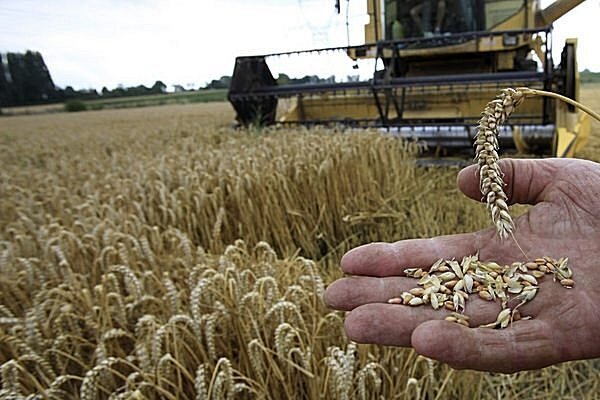
The European Council of Young Farmers (CEJA) has launched a campaign Future…Food…Farmers aiming at raising public and political awareness as well as enhancing the role of young farmers in shaping the future of Europe’s agricultural system. Recent figures from the European Union Eurostat show that farmers over 55 years old account for more than 50 percent of farm holders in all 27 European Union countries; the number of young farmers aged under 35 make up less than seven percent of agricultural producers. Young farmers, however, often perform better than older farmers, demonstrating “40 percent more economic potential, 37 percent more hectares of utilized agricultural area and 26 percent more annual working units,” according to the Rural Development in the European Union report.

Farmers under age 35 make up only seven percent of all EU agricultural producers, but demonstrate 40 percent more economic potential, according to recent reports. A council of young farmers is seeking to change that.
The European Council of Young Farmers (CEJA) has launched a campaign Future…Food…Farmers aiming at raising public and political awareness as well as enhancing the role of young farmers in shaping the future of Europe’s agricultural system. Recent figures from the European Union Eurostat show that farmers over 55 years old account for more than 50 percent of farm holders in all 27 European Union countries; the number of young farmers aged under 35 make up less than seven percent of agricultural producers. Young farmers, however, often perform better than older farmers, demonstrating “40 percent more economic potential, 37 percent more hectares of utilized agricultural area and 26 percent more annual working units,” according to the Rural Development in the European Union report.
Since its founding in 1958, CEJA has made serious efforts to bring youth participation on the European agenda, making the agricultural sector more accessible to young people and strengthening measures to young farmers within the framework of the EU’s Common Agricultural Policy (CAP). Because the CAP is currently undergoing reform for 2020, the ultimate goal of the CEJA campaign is to ensure the reinforcement of Measure 112, which aims to provide young farmers equitable access to land, resources, and credits. The measure is strictly voluntary, however, and has been implemented by only a few EU member states. According to the European Network for Rural Development 2012 report, approximately 70,000 young farmers received installation aid under measure 112 by 2010, which makes up less than a half of the total budget set for the 2007-2013 period. “This is why we decided to get the message out there, not only so that the general public is aware that future food production in Europe is at risk, but so that decision-makers realize ‘young farmers’ are not just another bargaining chip,” says CEJA, adding that long-term progress cannot be achieved without solving the age crisis in European agriculture. The outcomes of the campaign, along with signatories collected by the organization, will soon be presented to decision-makers.
This story originaly apearn on The Christian Science Monitor.
Photo credit: Gosia Stawecka-Food Tank

